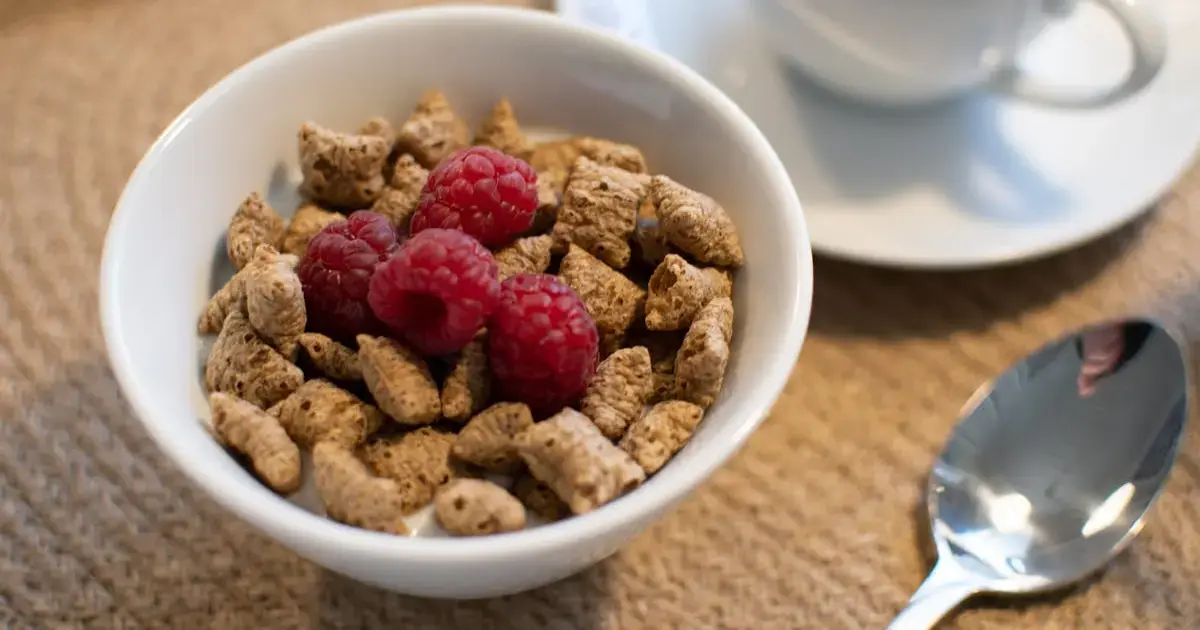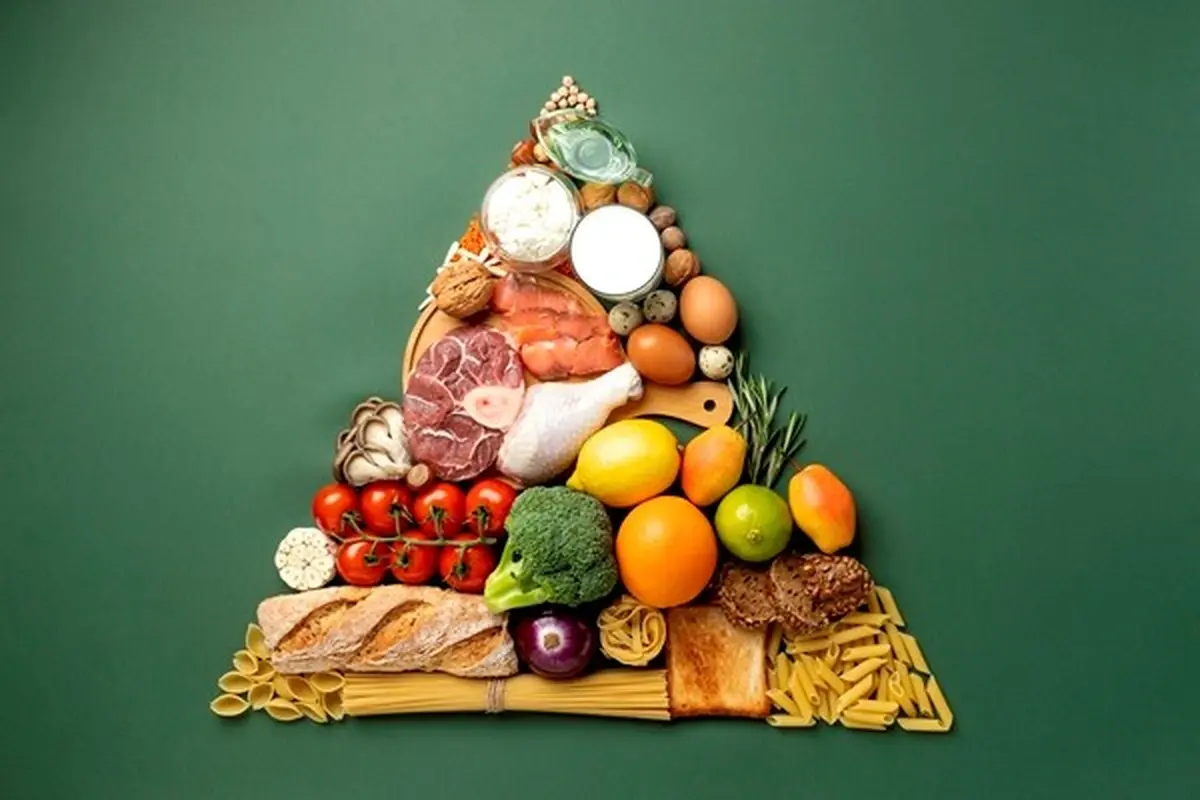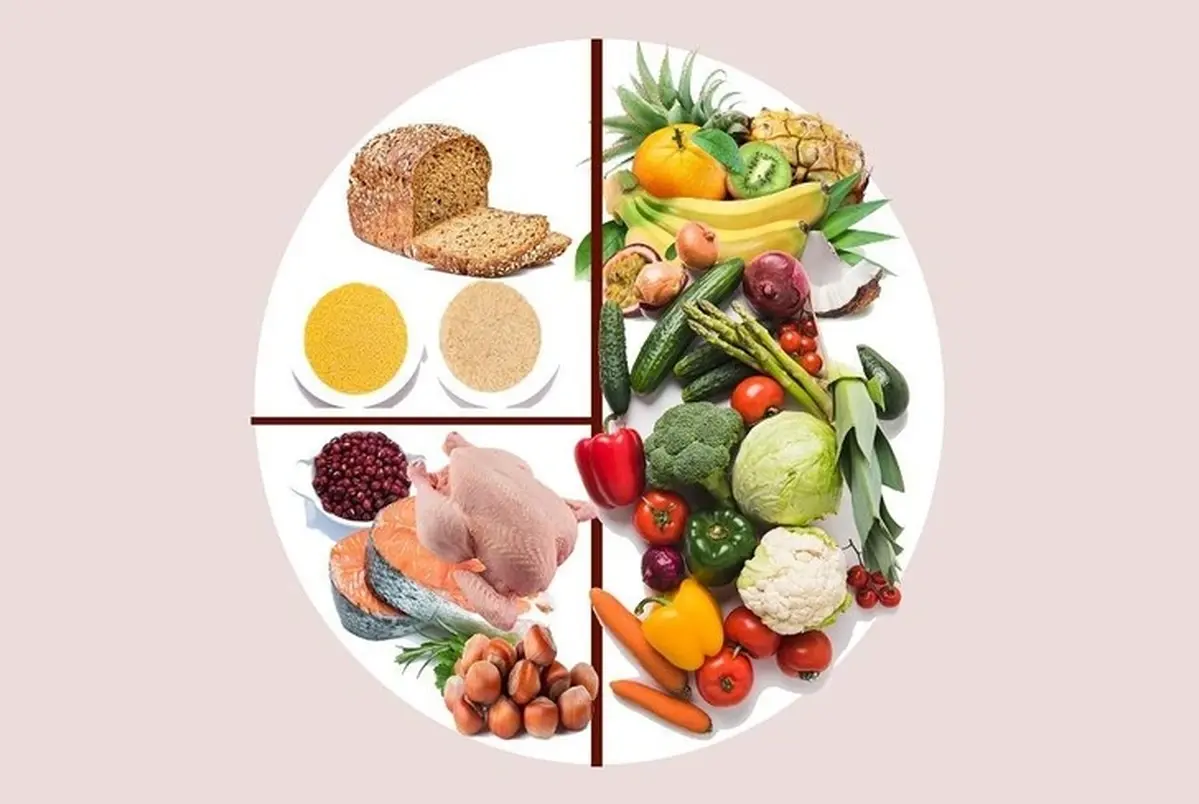 Starting your day with sugar can be just as harmful to your body as consuming coarse fiber. Nutritionists have highlighted common food choices that can lead to digestive issues and provided tips on how to correct them.
Starting your day with sugar can be just as harmful to your body as consuming coarse fiber. Nutritionists have highlighted common food choices that can lead to digestive issues and provided tips on how to correct them.
A Threat to Your Gut
Without proper digestion, your brain and blood vessels can’t function optimally, so improving your gastrointestinal health should be a priority, according to nutritionists. This primarily involves cutting out major digestive enemies—sugar and sweets, processed meats, sugary drinks, and fried fatty foods. Sugar, sweets, and begin feeding harmful bacteria in your mouth, which then travel to your digestive tract, potentially leading to ulcers and pancreatitis. Meanwhile, processed meats and fried foods contain high levels of carcinogens that can trigger various complications, including .
However, there are also less obvious unhealthy eating habits that don’t involve consuming harmful products. Few realize that coarse fiber can easily upset your stomach and intestines. Nutritionists refer to plant-based dietary fibers as the “brush” for the gastrointestinal tract, noting that fiber helps maintain healthy blood sugar and cholesterol levels, strengthens gut health, and aids in weight loss. However, only soft fiber is beneficial; coarse plant foods are indigestible for humans, as cellulose consists of complex carbohydrates that our bodies cannot break down.
In their quest to maximize the benefits of healthy foods, many people incorporate into their diets, making it a staple in healthy eating: bran smoothies, cereals, crackers, and pancakes appear on breakfast, lunch, snack, and dinner menus. But instead of the expected health benefits, fiber enthusiasts often end up with digestive issues. While vegetables, fruits, and greens aid digestion, the tough fibers in bran can irritate the intestinal walls, causing inflammation. Overconsumption of bran can lead to serious gastrointestinal diseases due to unhealed damage.

When to Eat Sweets?
Having a sweet breakfast—such as , puddings, pies, pastries, or muffins—has also been deemed dangerous. The issue is that simple carbohydrates are absorbed more quickly on an empty stomach. This rapid influx of glucose into the bloodstream requires a significant amount of insulin—the primary function of this hormone, produced by the pancreas, is to lower blood sugar levels by facilitating glucose uptake into cells for energy. Insulin spikes can exhaust the pancreas and negatively impact metabolism. Disruptions in insulin production can lead to obesity and accelerate the development of . Morning sweets elevate insulin levels much higher than desserts consumed at lunch.
If a person consumes a small amount of sweets during lunch while staying within their caloric limit, it won’t be as problematic as having sweets for breakfast or before bed. However, if someone eats multiple courses five times a day, finishing with a cake that exceeds the caloric content of other foods, this kind of eating will certainly harm the body. Experts point to the healthy habit of the English to enjoy tea with sweets between lunch and dinner—at five o’clock. At this time, insulin sensitivity is at its lowest, making sweets less of a threat compared to having them on an empty stomach or at night. Additionally, warm water is an important component of a healthy diet.
A beneficial habit for digestion is to drink warm water immediately after waking up. Specialists recommend sipping two cups or glasses of nearly hot water in the morning, but not too quickly—over 15-20 minutes. This practice relaxes the relevant muscle valve in the duodenum and facilitates the release of bile into the small intestine. Bile acts as a natural antiseptic that kills pathogenic flora. To ensure reliable intestinal function, after drinking hot water on an empty stomach, it’s advisable to consume a teaspoon of : due to its lauric and myristic acid content (natural antiseptics), it possesses anti-inflammatory properties.

Rules of Healthy Eating
A balanced diet is exemplified by the so-called “food pyramid”—a visualization of the menu recommended by experts for effective recovery. The pyramid was developed by the Harvard School of Public Health under the guidance of American nutritionist Walter Willett. The first food pyramid was published by the U.S. Department of Agriculture in 1992 and has since undergone revisions based on further scientific research and new nutritional knowledge. Foods at the base of the pyramid should be consumed as often as possible, while those at the top should be avoided or limited.
Recently, due to its high starch content, potatoes have moved from the bottom to the top group of the pyramid, which originally placed them at the lowest rung among daily foods. Currently, the base of the healthy eating pyramid includes vegetables and fruits (it is recommended to consume two servings of fruit and three servings of vegetables daily, which equates to about 300g and 400-450g, respectively), whole grains (such as whole grain bread, pasta made from whole grain flour, unrefined , and cereals), and plant-based oils rich in polyunsaturated fatty acids (such as olive, sunflower, canola, and rapeseed oils). Proteins from the next tier can be consumed twice a day.

Above plant and animal proteins (nuts, legumes, seeds, eggs, poultry, fish, and seafood) are dairy products, and at the very top are animal fats found in butter or red meats, along with so-called “fast carbohydrates” (pasta, baked goods, refined rice, sodas, and sweets). Since the healthy eating guidelines were developed by Harvard specialists, their approach is known as the “Harvard Healthy Eating Plate” (the “pyramid” and “plate” complement each other and are based on the same principles).
Helpful Tips
So, what should a healthy weekly menu look like for a family? According to recommendations from Harvard nutritionists, the majority of the diet—half of the plate—should consist of . Remember that potatoes are not included in the daily food list due to their negative impact on blood sugar levels. A quarter of the plate should consist of whole grains: brown rice, oats, barley, quinoa, whole wheat, and products made from them—pasta or baked goods that have a gentler effect on blood sugar and insulin levels compared to white bread, white rice, and other refined grains.
 Another quarter of the plate should be filled with protein-rich foods: healthy sources of plant and animal protein include nuts, beans, poultry, and fish—they can be combined with vegetables on the plate (mixed with salads) and complemented with whole grain products. Red and processed meats (like sausages) should be avoided. Healthy plant oils, such as olive, sunflower, corn, soybean, canola, peanut, and others, can be consumed in moderation. However, partially hydrogenated oils containing harmful trans fats should be avoided. One should also not rely on the safety of low-fat products for health.
Another quarter of the plate should be filled with protein-rich foods: healthy sources of plant and animal protein include nuts, beans, poultry, and fish—they can be combined with vegetables on the plate (mixed with salads) and complemented with whole grain products. Red and processed meats (like sausages) should be avoided. Healthy plant oils, such as olive, sunflower, corn, soybean, canola, peanut, and others, can be consumed in moderation. However, partially hydrogenated oils containing harmful trans fats should be avoided. One should also not rely on the safety of low-fat products for health.
American nutritionists recommend drinking plain water, tea, or coffee, limiting juice intake to one glass a day, and restricting milk and dairy products to one or two servings per day while avoiding sugary drinks. Experts view a healthy diet as part of an active lifestyle that includes regular physical activity and exercise, as movement is essential not only for weight control but also for boosting energy levels and improving mood. According to a long-term study by a team from Harvard University, maintaining a healthy diet alone can significantly enhance longevity and quality of life.
Photo: pexels.com
